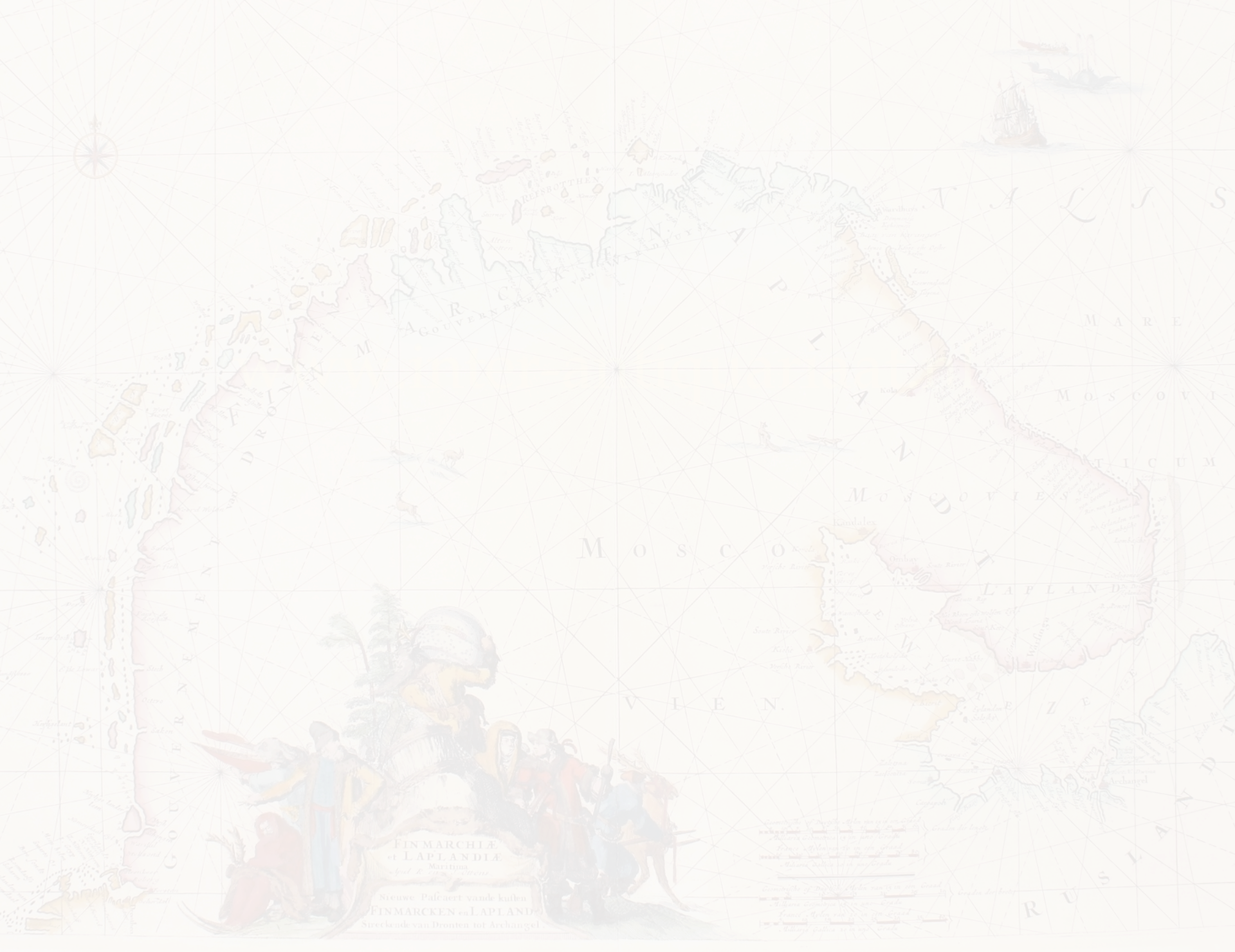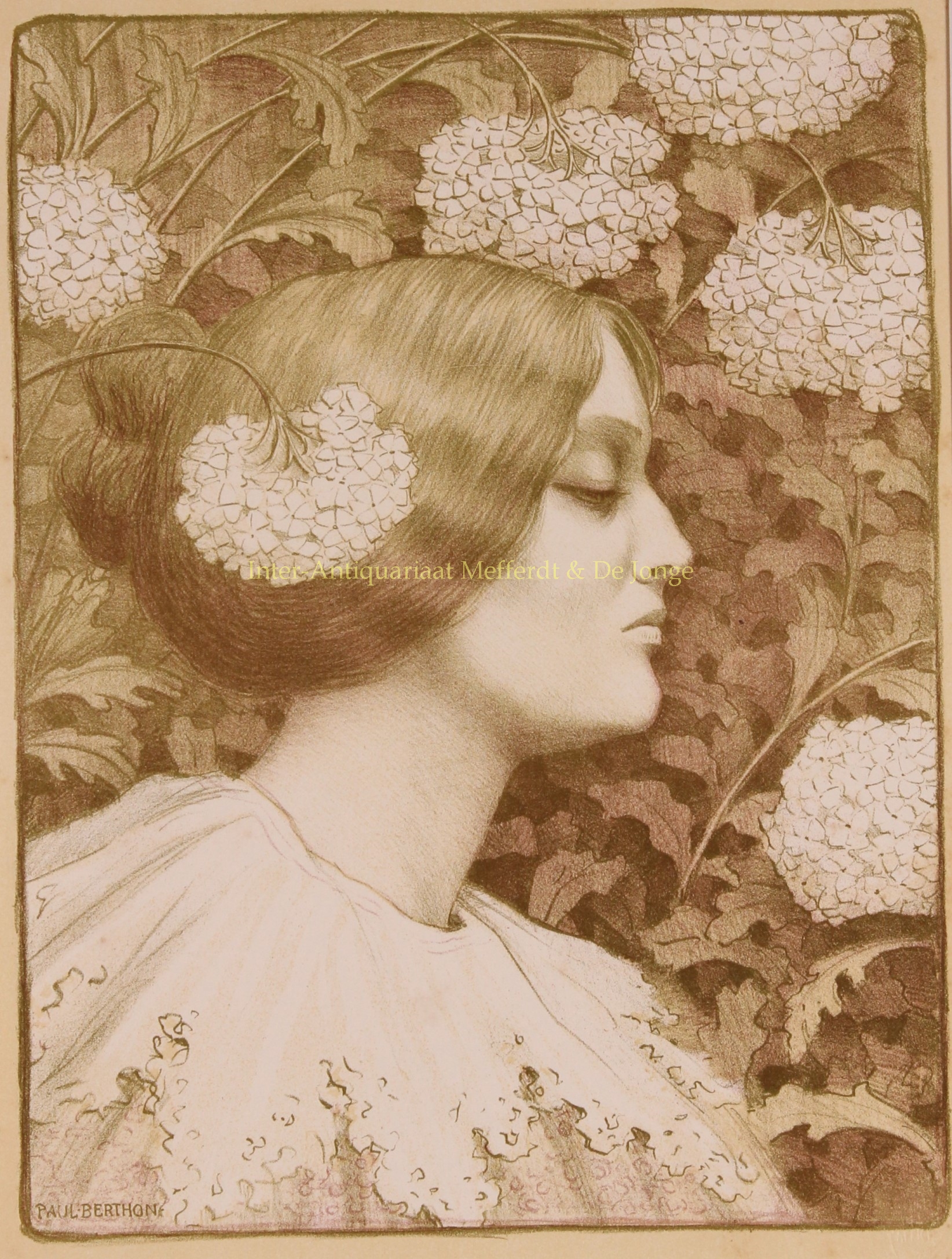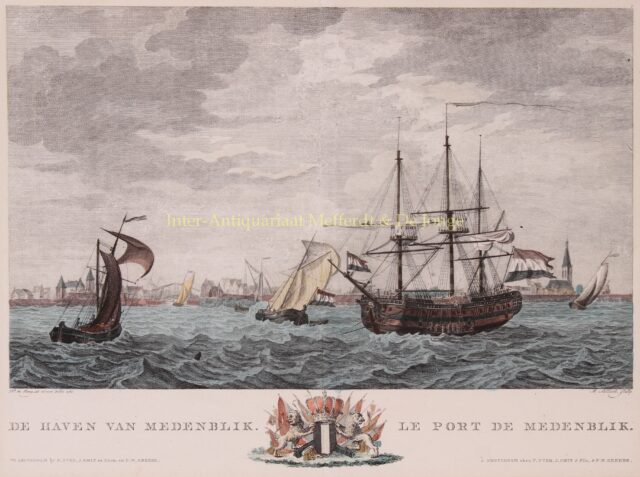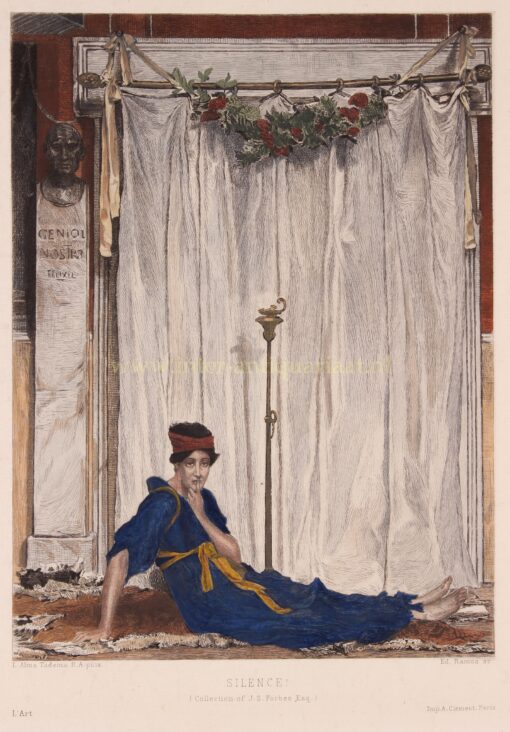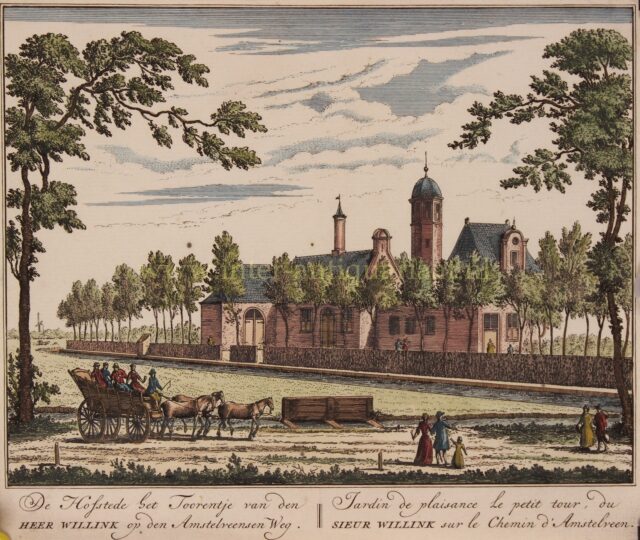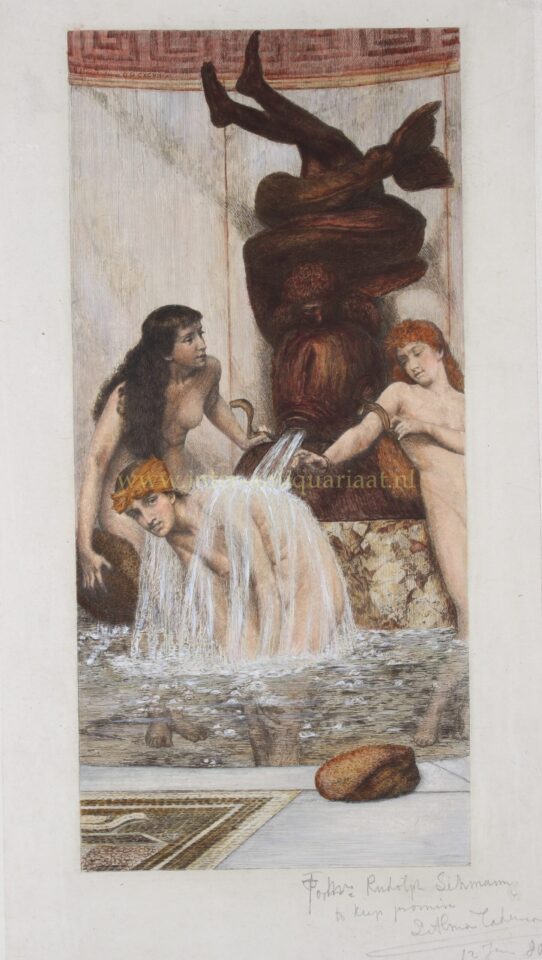It is best to email us some images of the item(s) first. Usually, we can already tell from an image whether it is worth your while to bring the items in for appraisal. It helps, if you can provide us with additional information such as:
- What is the title of the piece? Please be careful to spell it as spelt on the print, and if it is a long title give at least the first ten words. Many maps have the same titles but different makers with only a small change or spelling providing the clue as to who the maker is.
- Who was the artist or maker? In the process of making a map or print, numerous people were involved: a cartographer, draughtsman and/or artist, an engraver or lithographer, a printer or publisher and/or sponsor. Sometimes their names are on the print, but not always. If they are not, in most cases we will be able to ascertain the maker(s) with the title and photo in conjunction.
- What is the size? When measuring the piece please just give us the size of the printed or drawn surface, not the size of the whole sheet or frame.
- Is there any text on the back side of the paper and what is the language of that text (eg. Dutch, Latin, French etc)?
- Are there any creases, discolourations, tears or holes in the paper? Please tell us about them. Often holding a piece up to a light can help in assessing its condition.
- Many important and beautiful pieces have been and are still reproduced, thus some pieces may not be all they seem to be. Things to watch out for are modern “perfect” paper, museum details in the margins and pixels (these are the little coloured dots that make up modern coloured prints and can be easily seen under a magnifying glass). Most antique prints would have been made using a copperplate, steel plate or wood block, these processes leave small indentations on the surface of the map, which can be picked up by running your finger along the paper. Finally does your print have a “plate mark”? This term refers to the square impression left a few centimetres outside the printed border, when the printing “plate” was pressed down on the paper to print the map.
Needless to say if you need help or clues, please do not hesitate to contact us! If you would like to show us items in person, please either call or email us beforehand on +31-(0)20-6640841 or interantiquariaat@chello.nl.


